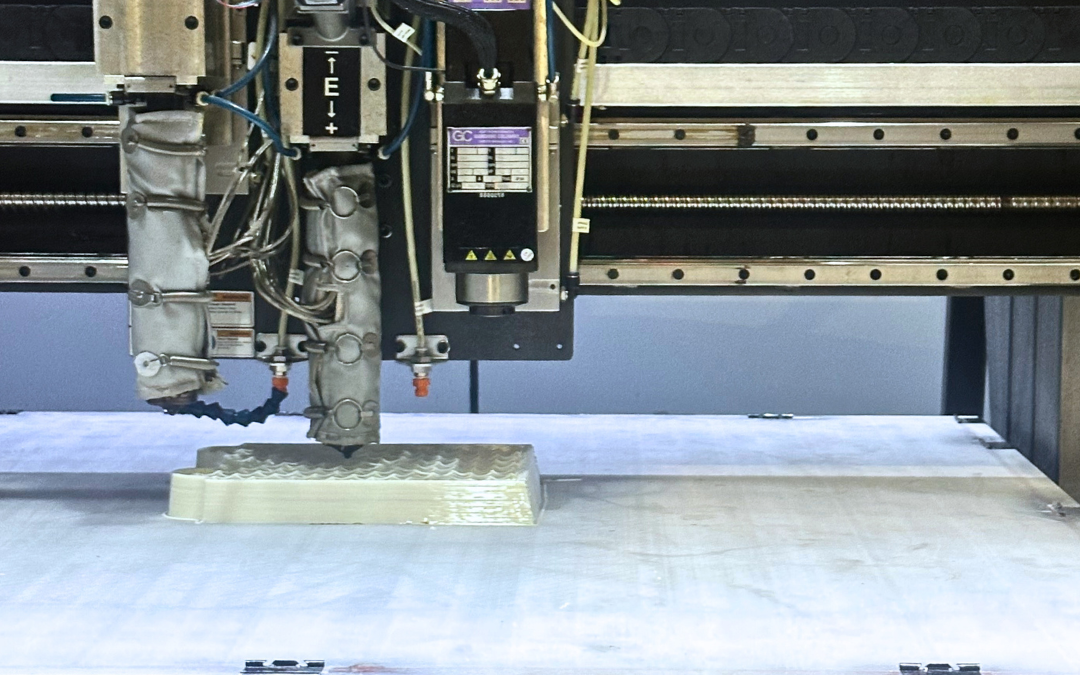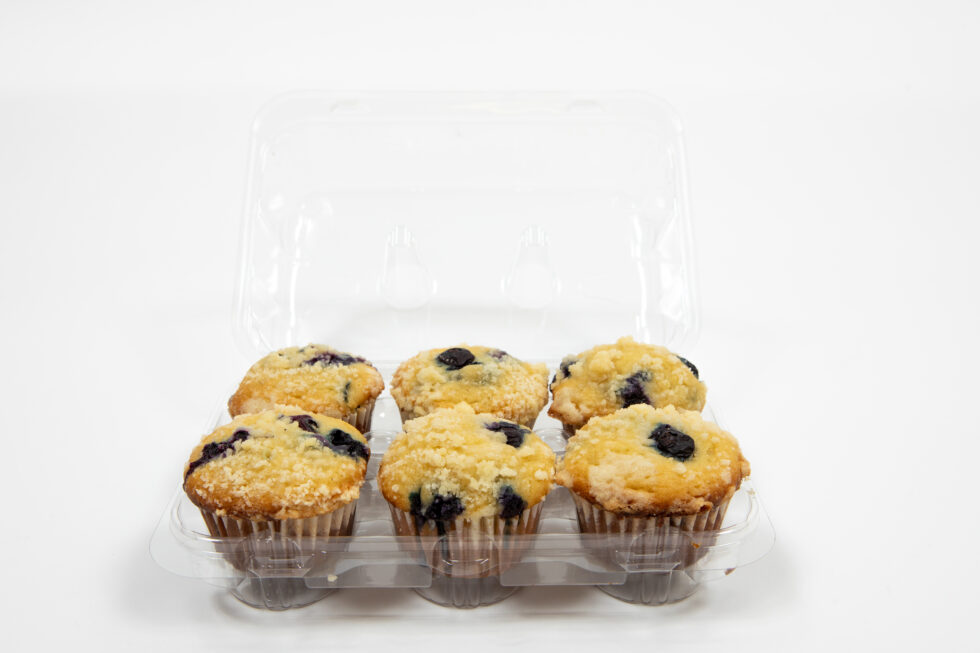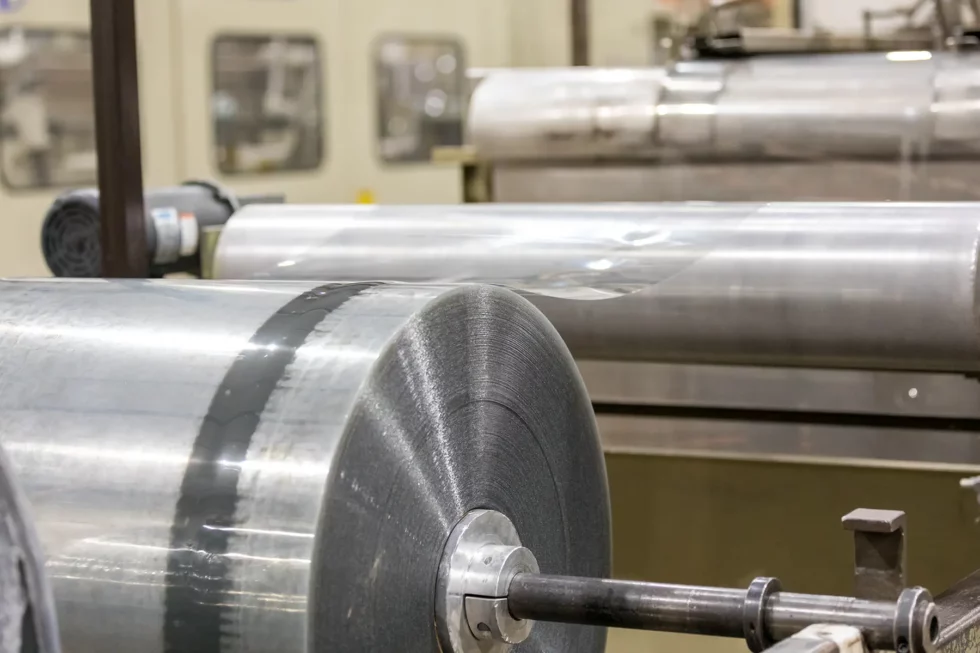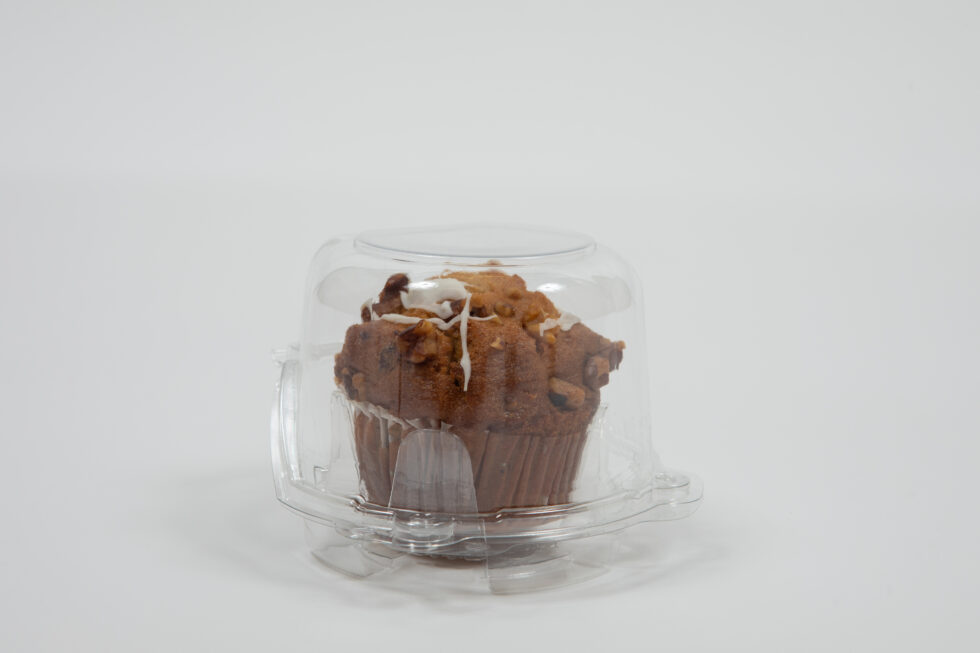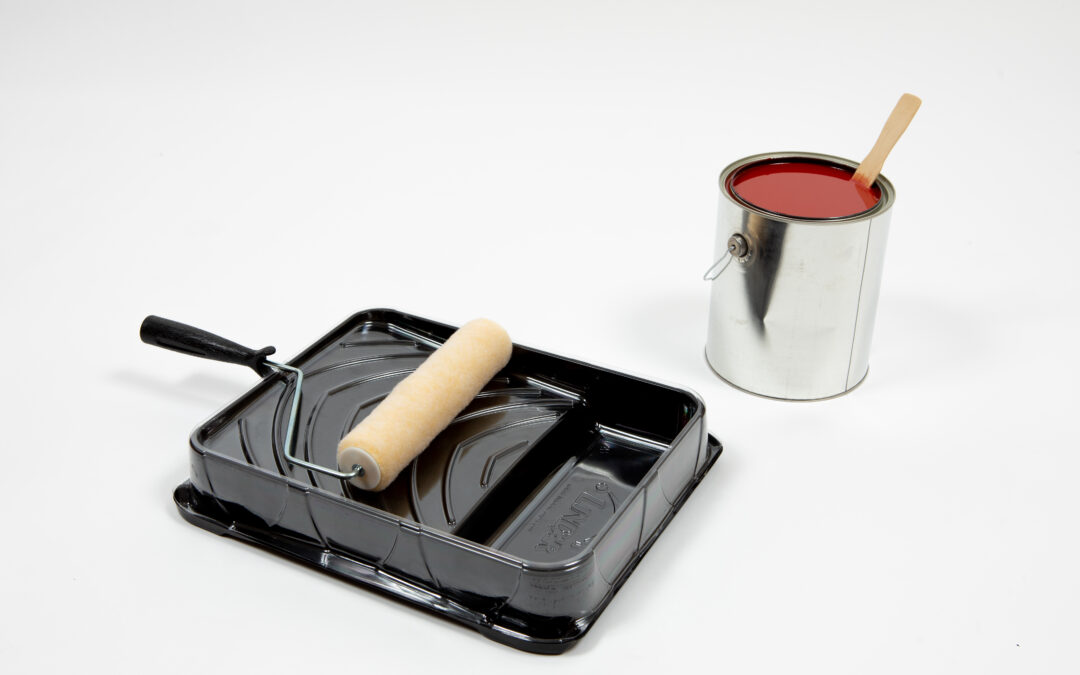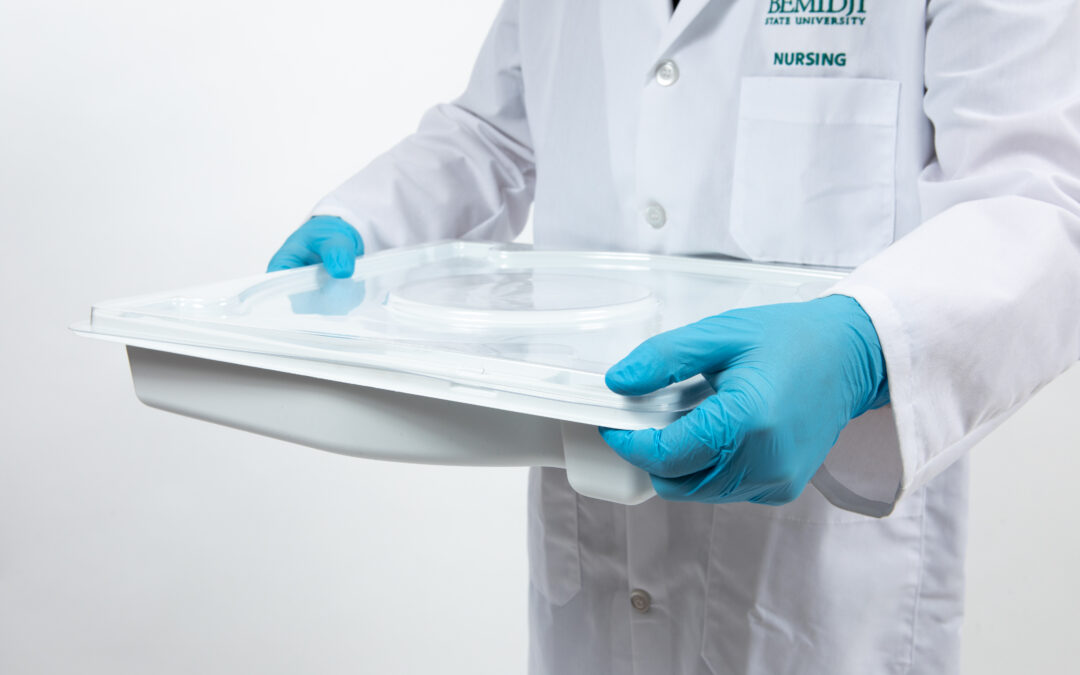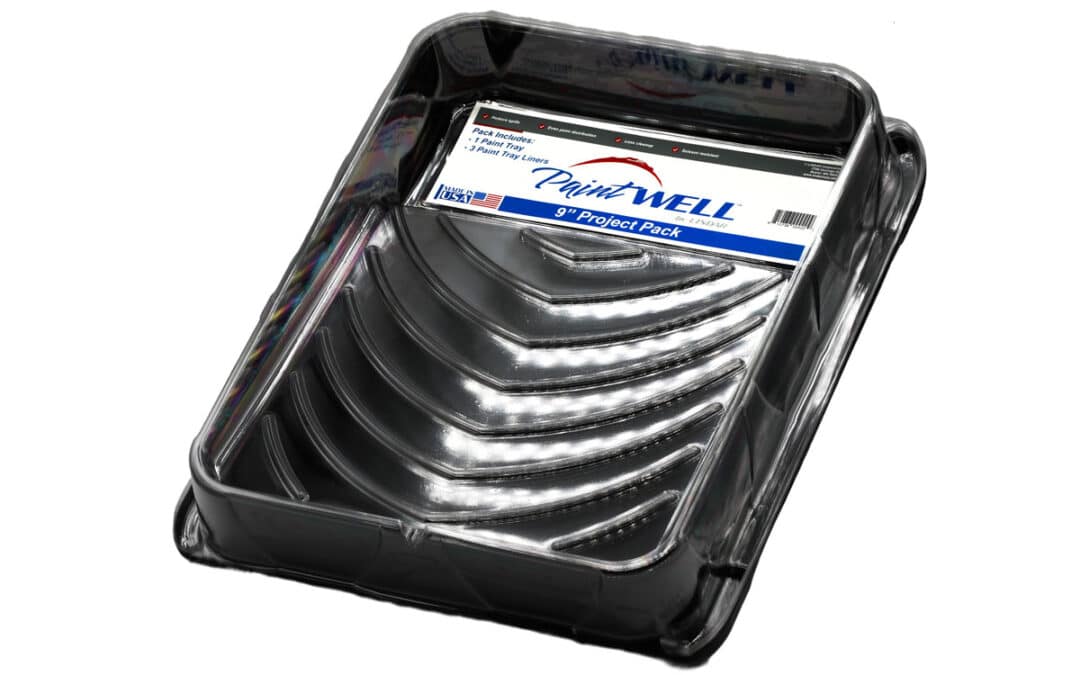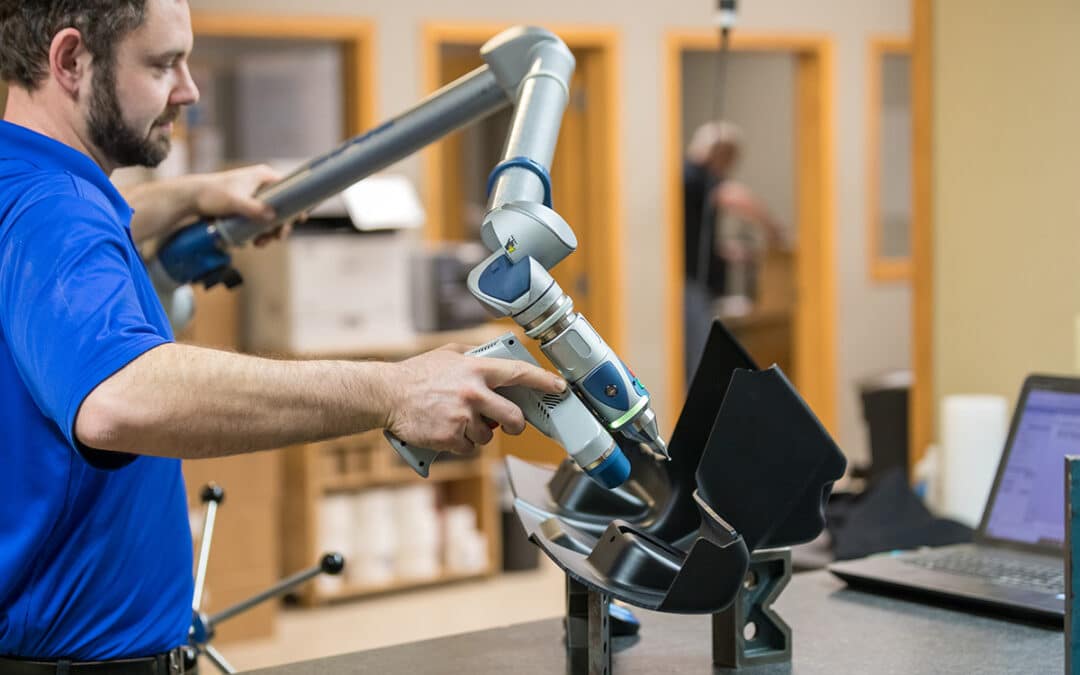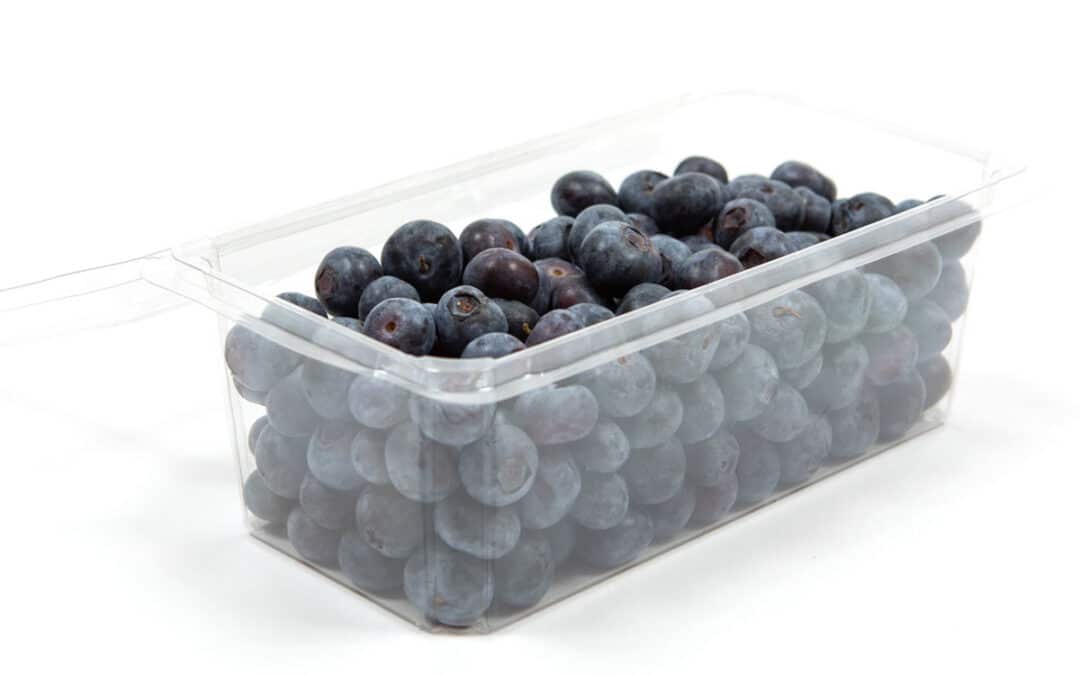The LINDAR team takes sustainability seriously. As a leader in the plastics manufacturing industry, we are acutely aware of the environmental impact of many common polymers, and strive to reduce that impact by choosing sustainable materials for as many projects as possible.
The food packaging manufacturing segment of our business is particularly opportunity-rich when it comes to sustainability. Read on to learn more about how LINDAR utilizes safe, sustainable alternatives to traditional plastic and rejects the use of dangerous chemicals in our environmentally-friendly food packaging products.
Better For The Planet
The most commonly-used plastic in food packaging is PET (polyethylene terephthalate, a polymer resin of the polyester family,) which is also the most recyclable plastic in the world. Lightweight, durable and safe for use in food and beverage packaging, PET has a smaller carbon footprint than its alternatives and is used to package 70% of all carbonated soft drinks, fruit juices, dilutable drinks and bottled water.
Our work with PET in eco-friendly packaging for food has earned us the attention of industry experts and authorities. In 2019, our 100% recyclable PET single-serve dessert container earned us the gold in the Parts Competition at the SPE Thermoforming Conference. This application was just one of many examples of the meaningful incorporation of sustainable materials into innovative food service industry products.
LINDAR is highly experienced in working with all PET blends in our food packaging products, including APET, REPT, post-consumer PET, and bio-PET and compostable plant-based PLA, which is sourced from Good Natured Products. Good Natured Products is one of a small number of extruders of certified compostable rigid thermoplastic sheet, and the only supplier of curbside recyclable bio-PET thin gauge rollstock manufactured in North America.
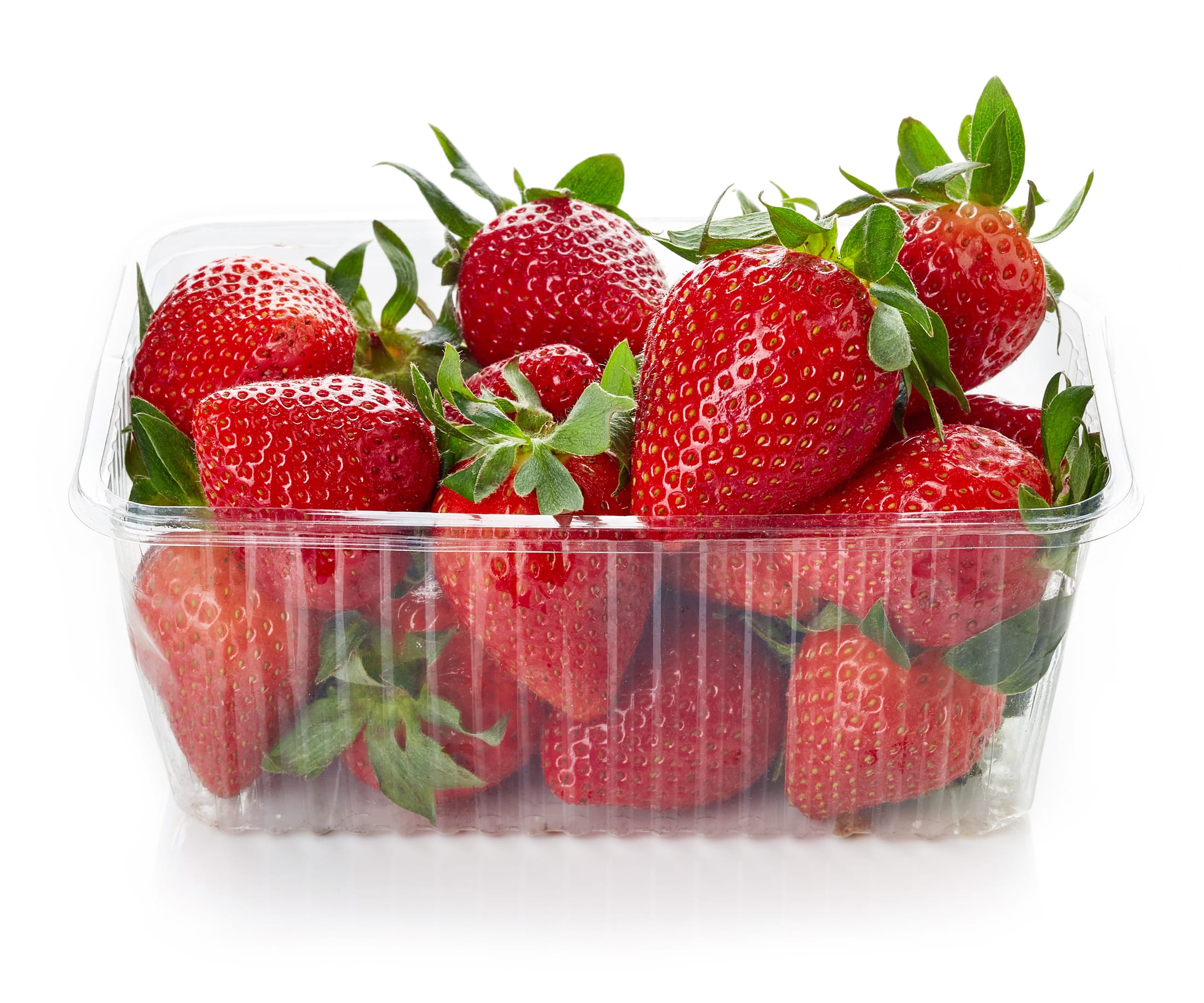
Better For Consumers
From a consumer standpoint, a major question arises: What food packaging materials are toxic or dangerous? Of course, end-user safety is absolutely critical in food packaging manufacturing, and not all “sustainable” alternatives to traditional plastics are safe for human consumption, so LINDAR stays up-to-date on all new and emerging scientific research on materials that are unsuitable for use in those applications.
To that end, we do not use plastics with BPA—a plasticizer additive used to make polyvinyl chloride (PVC)—in our food packaging. BPA not only accumulates in the environment, but also migrates from food packaging to the food products themselves. According to several published studies by the world’s leading experts on the topic, when BPA is ingested, it may increase the consumer’s risk of metabolic disorders.
We also do not use PFAS (per- and polyfluoroakyl substances,) AKA “forever chemicals,” in our food packaging products. Some manufacturers use PFAS in grease-resistant takeout packaging, choosing it for the substances’ strength and durability, namely resistances to heat, water, oil and corrosion. However, it is our opinion that the performance benefits of PFAS chemicals do not outweigh the detrimental effects they have been proven to cause in humans.
Because packaging made with PFAS often visually resembles paper or cardboard, many assume it is a sustainable alternative material to plastic—but in reality, PFAS has been linked to a growing list of dangerous effects, including immune system suppression, lower birth weight, and increased risk for some cancers. With this evidence in mind, it would be irresponsible to produce food packaging materials that contain PFAS, and LINDAR is firmly opposed to its use.
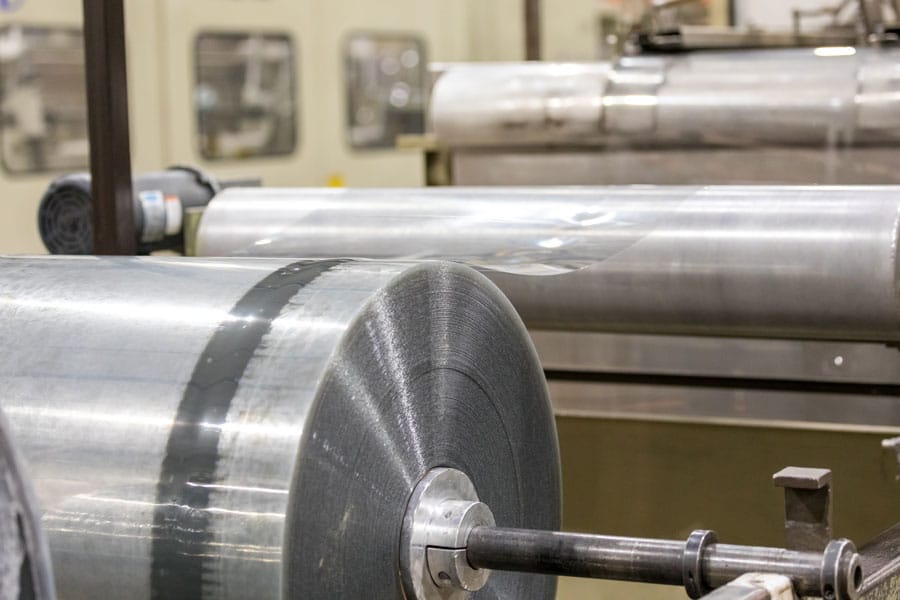
Shaping the Future
The LINDAR team is proud to remain steadfast in our commitment to sustainability and safe alternatives in our manufacturing. We are continuously investing in new, green technologies and evaluating innovative alternatives to non-recyclable materials, particularly for use in our consumer products like food packaging.
Interested in learning more about our sustainability efforts? Check out our recent blog on LINDAR’s multi-faceted approach to sustainability in plastics manufacturing.
Wondering if sustainable solutions could be applied to your next project with LINDAR? We’d love to help you go green! Contact us today to consult with our team and learn more about how sustainable alternative materials could benefit your design.
